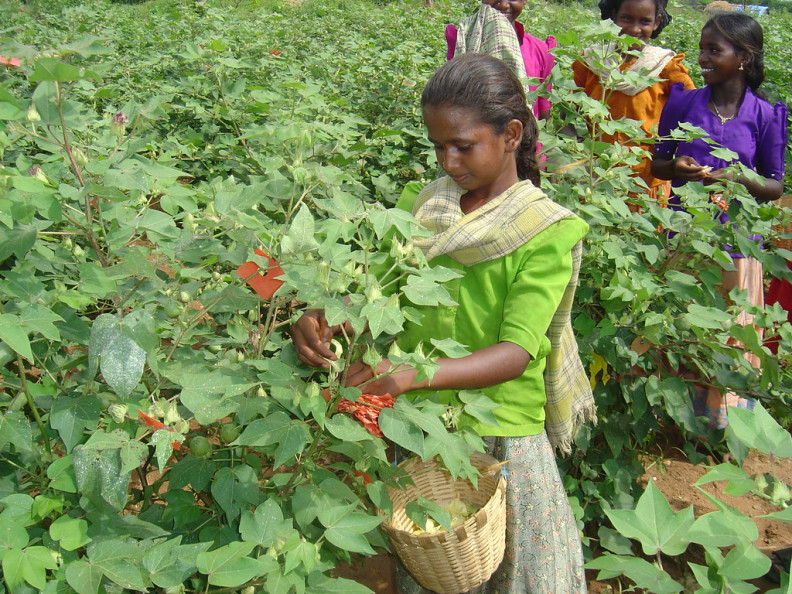Cotton farmers in Maharashtra, Gujarat and Telangana have seen reduction in damage due to pink bollworm and quality improvement of their crop using artificial intelligence (AI)-based pest management application, according to a report by Wadhwani Institute for AI.
The solution, built by the institute, works on a simple smartphone and provides real-time, localised, and accurate pest advisory that can help the farmers mitigate the pest problem and save crops. The solution, which works in eight Indian languages, gives recommendations for use of pesticide based on the intensity of the pink bollworm attack.
Wadhwani AI said the solution is deployed in four districts across three states in India has helped cotton farmers improve cotton quality and helped in saving cost.
While India is the largest producer and among the top exporters of cotton in the world; more than 75% of the nearly 6 million cotton farmers in India are smallholder farmers.
The institute in a report said the farmers in the three states have witnessed 11% increase in yield; profits by 20-25% (as a result of reduction in pesticide cost and better quality of crop) over the last year. In Kharif 2020, the solution was deployed with nearly 15,000 farmers across Maharashtra, Gujarat, and Telangana, three of the largest cotton-producing states in India, in partnership with Welspun Foundation and Deshpande Foundation, members of the Better Cotton Initiative.
“We were given a problem in 2017-18 by the Maharashtra government when there was an attack by pink bollworm and that damaged 60-70% of the crop..This was declared as a disaster,” said Rajesh Jain, senior director- programmes at Wadhwani Institute of AI
He said there was an encouraging result in the first year of deployment. “The findings show an increase in net profit of around 20-25 % over the last year and also a decrease in the use of pesticides, which saves cost and is kinder to the environment,” said Jain.
Dhruvin Vora, senior product manager at the institute, said they are looking to scale this up.
“The products we build should be easy to use, even for users with limited digital literacy, work effectively in the context in which we operate, and add value to the farmer and our partners. Going through multiple rounds of usability studies, user & partner interactions, we introduced features such as offline inference, microlearning videos, and multi-language support. With these results, now we will look to scale and leverage the product capabilities to tens of millions of farmers over the next few years," said Vora.
Πηγή: economictimes.com

